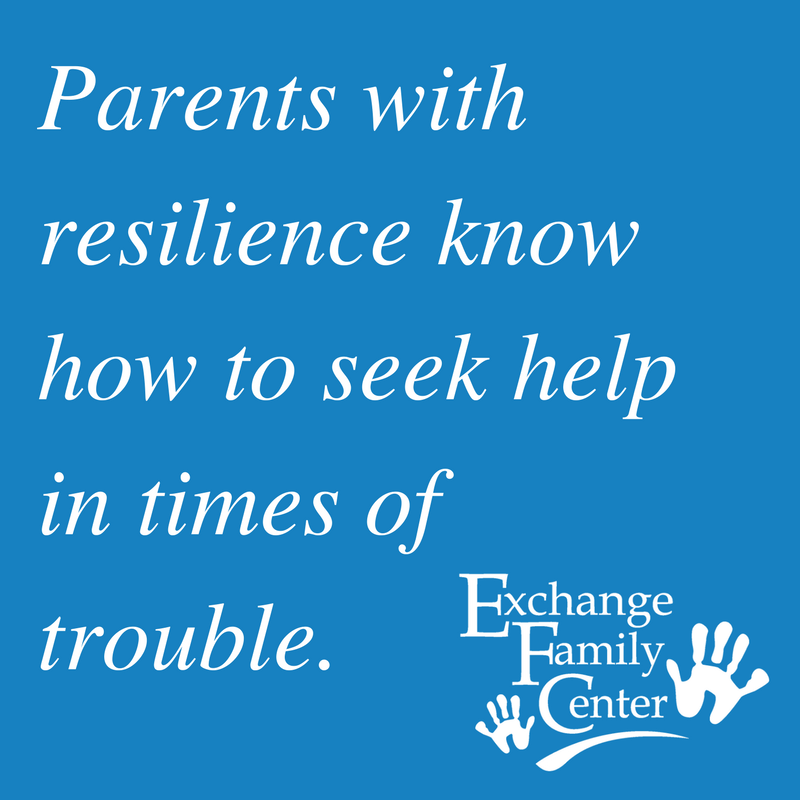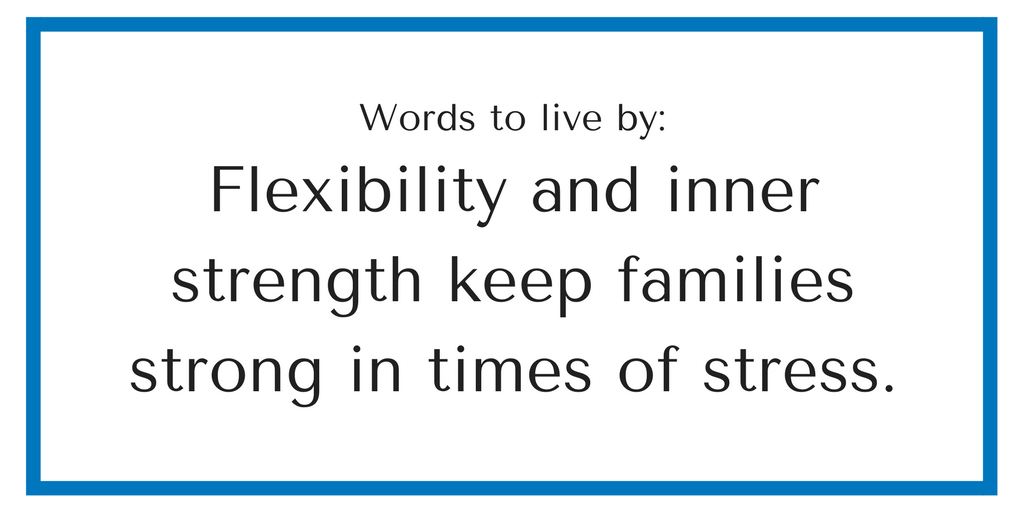In a previous post, we introduced the concept of protective factors. Protective factors are conditions or attributes of families, communities, or society at large that support healthy development and wellbeing of children and families. Experts suggest that promoting these protective factors can help adults parent more effectively and reduce the need for negative interventions.
In this post, we take a deep dive into one important protective factor: building parental resilience. While helping our children develop resilience is certainly one crucial factor in ensuring that we raise strong and healthy children, we can’t teach our kids what we don’t know ourselves. So, let’s start with understanding the ways in which parents’ ability to cope with the stresses of everyday life can create a positive and supportive environment for their children.
What is Parental Resilience?
Resilience is the process of managing stress and functioning well even when faced with challenges, adversity, and trauma. Parents who show the ability to cope with the stresses of everyday life, as well as an occasional crisis, have resilience.
Parents with resilience also know how to seek help in times of trouble. Their ability to deal with life’s ups and downs serves as a model of coping behavior for their children, which can help them learn critical self-regulation and problem-solving skills. Because no one gets through life without having to deal with stress, resilience is an important life skill to develop.
Life Stressors
Being a parent can be a wonderful experience much of the time. But parenting also comes with its share of stress. Parenting stress is caused by personal pressures (stressors), as well as those that arise in relation to having children:
- Typical events and life changes (e.g., moving to a new city or not being able to soothe a crying baby)
- Unexpected events (e.g., losing a job or discovering that your child has a medical condition or disability)
- Individual factors (e.g., substance abuse or traumatic experiences)
- Social factors (e.g., relationship difficulties or feelings loneliness and isolation)
- Community, societal, and environmental conditions (e.g., persistent poverty, racism, or a natural disaster)
According to the Center for the Study of Social Policy, experts have concluded that how parents respond to stressors is much more important than the stressor itself in determining the outcomes for themselves and their children. Parents are more likely to achieve healthy, favorable outcomes if they are resilient.
How Can You Build Resilience?
Some stressors parents face can be managed relatively easily so that problems get resolved. For example, calling a relative or friend to pick-up a child from school when you are delayed at work. But some stressors cannot be easily resolved. For example, parents cannot “fix” their child’s developmental disability, erase the abuse they suffered as a child, or simply move out of a crime-plagued neighborhood.
For this reason, we don’t measure resilience by a parent’s ability to fix problems. Rather, parents are resilient when they are able to call forth their inner strength to proactively meet personal challenges and those in relation to their child, manage adversities, heal the effects of trauma, and thrive given the unique characteristics and circumstances of their family.
All parents have inner strengths and resources that can serve as a foundation for building resilience. These may include faith, flexibility, humor, communications skills, problem-solving skills, mutually supportive caring relationships, or the ability to identify and access outside resources and services when needed. These qualities can be nurtured and developed through skill-building activities and supportive interactions with others.
Resilience Tips
There are many actions you can take to build personal resilience:
Keep a self-care diary to help you to remember to make time for yourself each day.
Look for opportunities to go for walks outside during your day. Fresh air and exercise are helpful in managing stress.
Learn concrete exercises for increasing relaxation. For example, taking a few deep breaths, while thinking of a place that makes you feel happy, will stimulate the nervous system to send a message telling your body to relax.
Seek out connections. Attend an event, like workshops we offer at the Exchange Family Center, to feel community support and get answers to your specific questions. It can help to know you are not alone in the struggle.
All parents experience stress from time-to-time. Thus, parental resilience is a process that all parents need in order effectively manage stressful situations and help ensure they and their families are on a trajectory of healthy, positive outcomes.
Protective Factors in Practice
The following scenario illustrates how different protective factors, including parental resilience, can be used to buffer against stress and strengthen families in a real-world example.
Scenario:
Steven, a 30-year-old father is raising his two children alone after losing his wife in a tragic car accident six months ago. Steven and his children—Dana, age 8, and Johnny, age 10—have suffered emotionally because of their loss. Steven is also struggling with the practical task of getting himself to work and the kids to school on time during the week, although family and friends are assisting the family on the weekends.
Dana and Johnny are having increasing difficulties at home and in school. Dana is not eating well and wants to be left alone most of the time. Johnny is getting in fights with the children in his class. Steven, along with his sister Renee, recently met with the school counselor and teachers to discuss the children’s situation. School officials are aware of the children’s recent loss of their mother and have suggested that the family receive bereavement counseling and art therapy to help them through this traumatic time. Steven has approached other parents to help out with carpooling and getting the kids to school on time. Renee has agreed to help Steven with the children in the evenings too. Steven signed up for a class twice per week to get himself out of the house and give him a chance to be with other supportive adults in a low pressure environment.
As an exercise, consider the degree to which parental resilience is present at the end of the scenario and what other kinds of support might strengthen this family. What stressful experiences in your life have you met with resilience?
At the Exchange Family Center, we’re here for families who want to find ways to build stronger relationships and raise competent, confident, resilient children. We believe community support is essential to bolstering these protective factors. For more support and help building resilience, take a look at our resources for parents and caregivers.
And for more tools and resources for building parental resilience along with other protective factors, see The Child Welfare Information Gateway.
Words to live by: “Flexibility and inner strength keep families strong in times of stress.”


